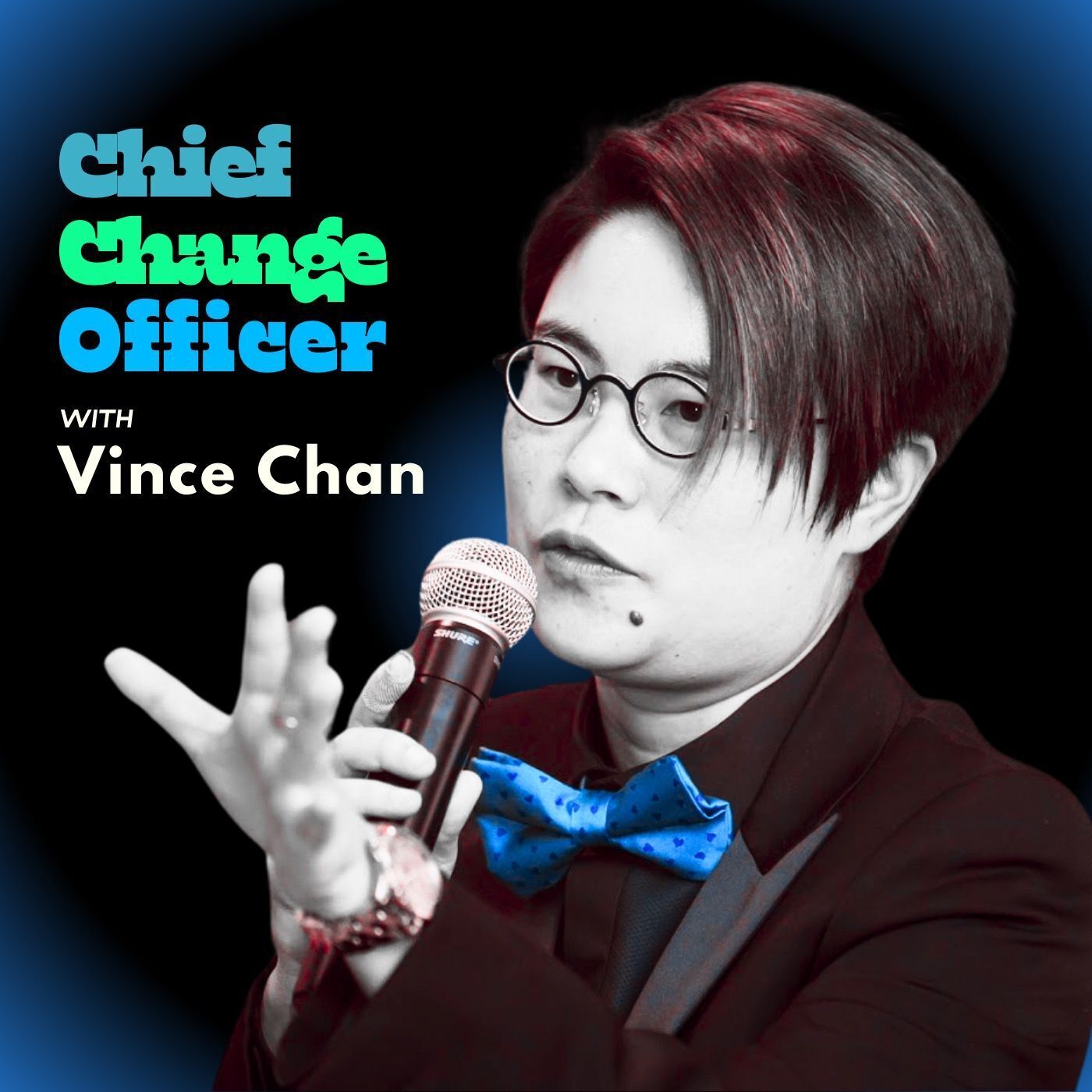#405 Richard Carson: Diagnosing Dysfunction, One Broken System at a Time — Part One
Before Richard Carson wrote The Book of Change, he was writing letters to newspaper editors and fixing chaos in city hall.
In Part One, he retraces the early detours—from archaeology hopeful to urban planner to accidental consultant. With every chapter, one theme stayed constant: real change happens when you stop assuming and start listening. Whether it’s a time-tracking nightmare or a consultant who forgot to swap client names in the proposal, Richard’s stories cut through the noise to reveal why change fails—and what to do instead.
Key Highlights of Our Interview:
From Trowels to Town Halls
“I was studying archaeology. Then I realized I liked systems, not shovels.”
Why solving institutional puzzles beat digging for ancient ones.
Everyone’s Lying—But They Don’t Mean To
“The problem they describe is never the actual problem.”
Richard explains why surface issues are just the smoke, not the fire.
The Timecard Horror Story
“They tracked every 15 minutes. It was organizational madness.”
A micromanagement case study that went down in flames—and what it taught him about autonomy.
Consulting Found Him First
“One day I was hiring consultants. The next, I became one.”
A random audit leads to a career revelation.
Communication Rule #1: Pass the Grocery Store Test
“If you can’t explain it in plain English in front of the broccoli stand, it’s too complicated.”
What city planning taught him about clarity—and why most leaders flunk this test.
Crisis Is a Terrible Thing to Waste
“People don’t want to change unless there’s blood on the floor.”
How to turn urgency into alignment without fearmongering.
_______________________
Connect with us:
Host: Vince Chan | Guest: Richard H. Carson
--Chief Change Officer--
Change Ambitiously. Outgrow Yourself.
Open a World of Expansive Human Intelligence
for Transformation Gurus, Black Sheep,
Unsung Visionaries & Bold Hearts.
EdTech Leadership Awards 2025 Finalist.
20 Million+ All-Time Downloads.
80+ Countries Reached Daily.
Global Top 1% Podcast.
Top 5 US Business.
Top 1 US Careers.
>>>180,000+ are outgrowing. Act Today.<<<
See Privacy Policy at https://art19.com/privacy and California Privacy Notice at https://art19.com/privacy#do-not-sell-my-info.
Press play and read along
Transcript
Transcript is processing—check back soon.





